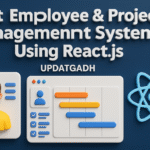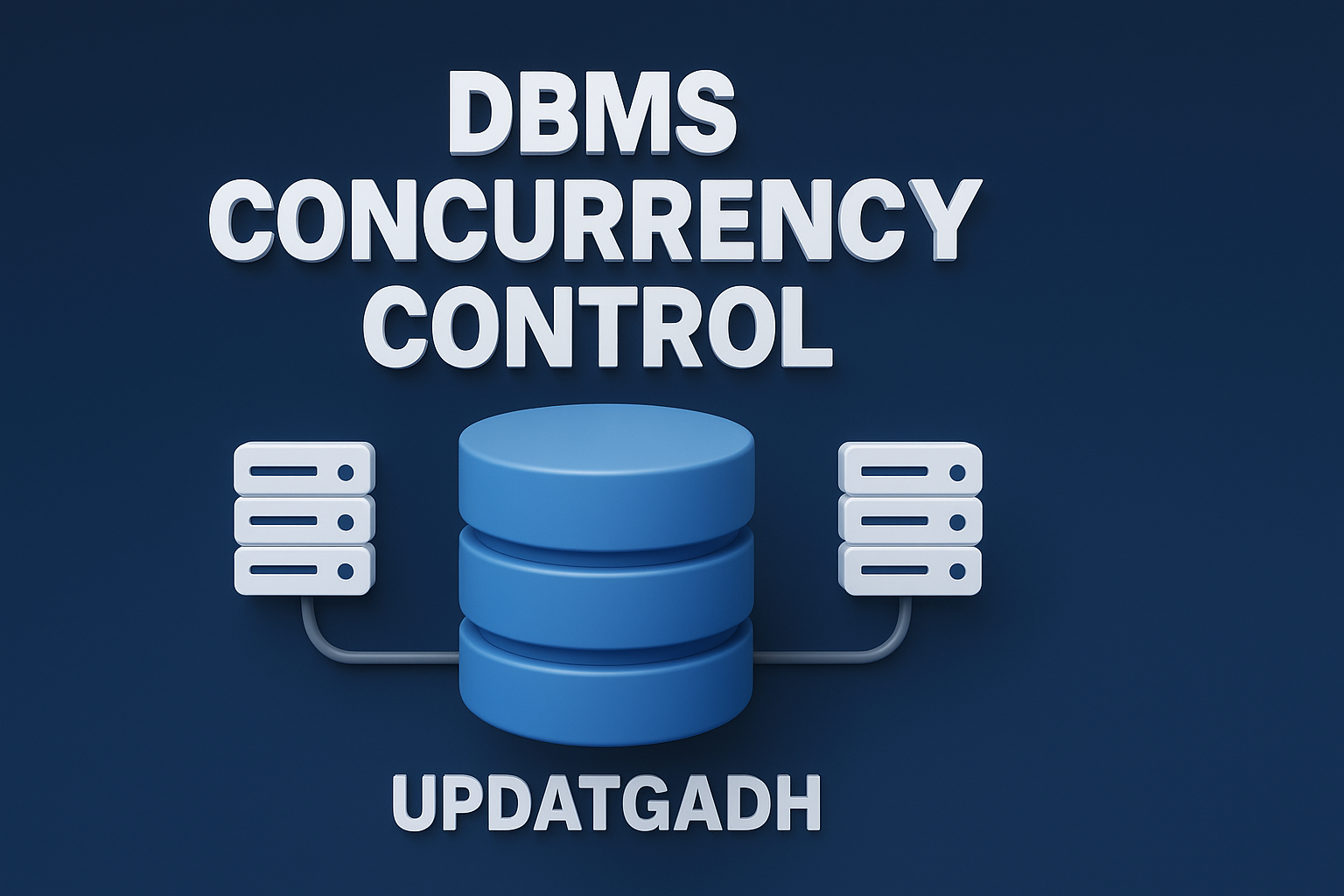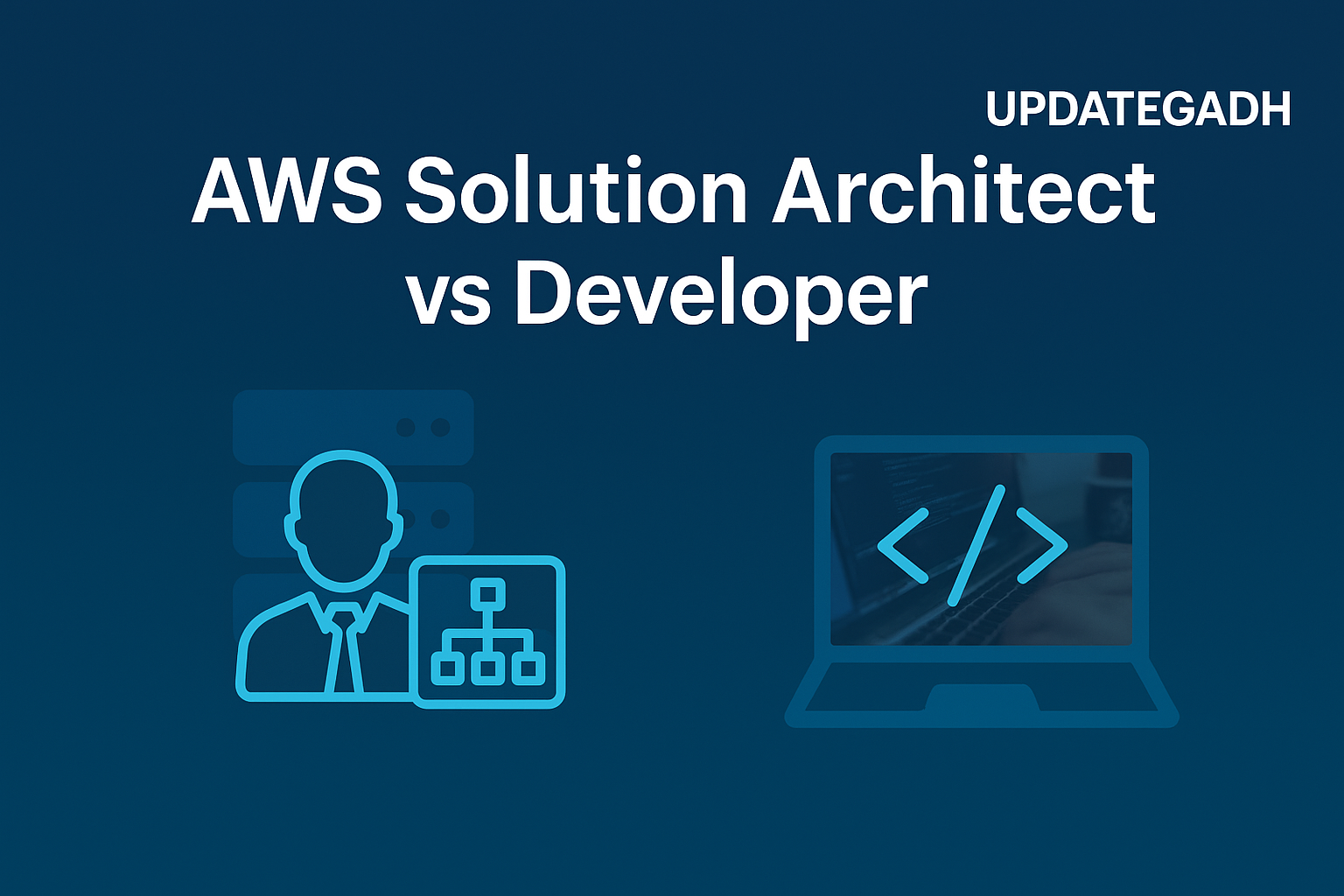
Model Planning for Data Analytics
Model Planning for Data Analytics
In the ever-evolving world of data analytics, model planning holds a central position. It is the third phase in the data analytics lifecycle, and it plays a pivotal role in shaping how data-driven solutions are built, validated, and implemented.
In this tutorial, we’ll walk you through the Model Planning stage step-by-step. Whether you’re a student, analyst, or aspiring data scientist, understanding this phase is essential for building effective, actionable, and scalable analytics models.
Machine Learning Tutorial:-Click Here
🔍 What is Model Planning?
Model planning is the stage where the team decides how to solve the business problem identified in the discovery phase. It involves choosing the right statistical techniques, data modeling methods, and analytical tools that will be used in the model building stage.
At this point, you’re no longer exploring the data—you’re defining the strategy to transform insights into intelligence.
🧠 The Role of Hypotheses
During the discovery phase, the team formed initial hypotheses about the problem based on business understanding and preliminary data exploration. The model planning phase now uses these hypotheses to guide:
- Data selection and transformation
- Feature engineering
- Algorithm selection
- Evaluation strategy
The goal is to map the path forward, reducing guesswork and increasing efficiency in the modeling phase.
🛠️ Tools Commonly Used in the Model Planning Phase
Choosing the right tools can streamline the process, improve model accuracy, and speed up decision-making. Here are some popular tools used during model planning:
| Tool | Key Highlights |
|---|---|
| Python (Pandas, Scikit-learn) | Widely used for data cleaning, analysis, and prototyping models. Supports ML pipelines. |
| SQL Workbench | Enables structured queries and supports backend analysis. Great for relational data prep. |
| Power BI | Offers interactive dashboards and seamless integration with Excel and other services. |
| SPSS | Provides a statistical interface for non-programmers; useful for hypothesis testing. |
| Orange | A visual programming tool for data mining with drag-and-drop components. |
| Google Data Studio | Allows quick dashboard creation and supports live data connections from Google sources. |
✨ Why Is Model Planning Important?
Skipping or rushing this phase can lead to:
- Poor model performance
- Wasted resources
- Inaccurate business insights
A well-structured model planning phase ensures:
✅ Efficient use of resources
✅ Proper alignment with business goals
✅ Selection of the most suitable modeling technique
✅ Higher chances of predictive success
📌 Key Steps in Model Planning
Let’s break down the model planning phase into actionable steps:
1. Select Modeling Techniques
Decide on the methods—regression, clustering, decision trees, etc.—based on the problem type (classification, prediction, etc.).
2. Define Data Requirements
Identify which datasets, features, and formats are necessary for modeling.
3. Data Partitioning Strategy
Plan how the data will be divided into training, validation, and test sets to avoid overfitting.
4. Tool & Technology Selection
Choose the right platforms and tools (like the ones listed above) that align with the technical needs and skill sets of the team.
5. Establish Evaluation Metrics
Choose KPIs like accuracy, precision, recall, F1-score, or AUC-ROC depending on the model’s goal.
🔄 Bridging Planning to Modeling
Once the model planning blueprint is ready, the next phase—Model Building—can be executed with confidence. At this point, your team knows what data to use, how to use it, and which approach to follow. It ensures that you’re not just experimenting blindly, but you’re walking a path that’s been thought through.
- Data Science Tutorial
- Powerful Data Collection Tools in Healthcare
- What is Data Mesh
- Workflow of Data Analytics
Life Cycle Phases of Data Analytics
In the world of data-driven decision-making, data analytics plays a crucial role in helping businesses, researchers, and organizations uncover insights from large volumes of data. But the real magic of analytics doesn’t just happen at the push of a button—it unfolds through a well-defined and strategic life cycle.
Machine Learning Tutorial:-Click Here
🌐 What Is the Data Analytics Life Cycle?
The Data Analytics Life Cycle is a step-by-step approach designed to solve Big Data problems and manage data science projects efficiently. This methodology helps data teams plan, execute, and refine tasks related to data acquisition, processing, analysis, and reuse.
Think of it as a roadmap guiding the journey from a business problem to a data-driven solution.
🔍 Phase 1: Discovery
Every successful project starts with asking the right questions.
In the discovery phase:
- The data science team gets familiar with the business domain and the specific problem they’re solving.
- They identify potential data sources, both internal and external.
- Initial assumptions or hypotheses are formed, which are later tested with actual data.
- The team defines the goals, success criteria, and deliverables of the project.
This phase is more about exploration, understanding the scope, and setting the foundation.
🧹 Phase 2: Data Preparation
Often referred to as data wrangling, this phase involves preparing raw data for analysis.
Key activities include:
- Cleaning, transforming, and integrating data from various sources.
- Creating an analytic sandbox where the team can experiment safely.
- Handling missing values, duplicates, and inconsistent formats.
Common tools used: Hadoop, Alpine Miner, OpenRefine.
Data preparation is rarely linear—it’s iterative and may need multiple rounds of processing.
Download New Real Time Projects :-Click here
🧠 Phase 3: Model Planning
Now that the data is ready, the team begins planning the analytics model.
- They explore relationships between variables and decide on the best data modeling techniques.
- This phase includes choosing algorithms, designing workflows, and structuring datasets for training and testing.
- The goal is to define a clear analytical approach.
Popular tools for this phase include MATLAB and STATISTICA, which allow robust data visualization and modeling capabilities.
🏗️ Phase 4: Model Building
With a plan in place, the team moves to construct the actual model.
Here’s what happens:
- The model is trained, validated, and tested using prepared data.
- The team evaluates whether the current infrastructure supports the computational needs of the model.
- They fine-tune parameters and optimize model performance.
Tools used in this stage can be:
- Free/Open Source: R, PL/R, Octave, WEKA
- Commercial: MATLAB, STATISTICA
It’s a technical yet creative process, where data meets intelligent design.
📊 Phase 5: Communicate Results
This is where data storytelling comes in.
After building and testing the model, the team must:
- Analyze outcomes and measure performance against the original objectives.
- Identify key findings and translate them into business value.
- Prepare presentations, dashboards, and visualizations to communicate insights effectively.
But communication isn’t just about pretty graphs—it’s about making stakeholders understand and act on the insights. Caution is taken to highlight assumptions, limitations, and next steps.
🚀 Phase 6: Operationalize
This final phase focuses on deploying the solution and sharing the benefits across the organization.
Steps involved:
- Launching a pilot to test the model in a real-world but controlled environment.
- Evaluating the model’s performance, scalability, and impact.
- Making necessary adjustments before full-scale rollout.
- Creating final documentation, presentations, and deployment scripts.
Free tools like WEKA, SQL, Octave, and MADlib are often used in this phase to help with implementation and monitoring.
Complete Advance AI topics:- CLICK HERE
SQL Tutorial :-Click Here
🧩 Final Thoughts
Model planning may not be as flashy as machine learning algorithms or AI predictions, but it’s where the real strategic thinking happens. It bridges the gap between understanding a business problem and solving it with data.
So, the next time you’re embarking on a data project, don’t skip the model planning phase—it’s the heart of smart, structured analytics.
🚀 Stay Connected with Updategadh
We bring you simplified and professional tutorials in the world of programming, analytics, and tech. Keep following Updategadh for more insightful content tailored for learners and future data leaders.
model planning for data analytics
model planning for data analytics life cycle
model planning for data analytics example
model planning for data analytics with example
what are model planning for data analytics phase in data science
model planning for data analytics life cycle pdf
model planning for data analytics diagram
model fit statistics in model planning for data analytics
model planning for data analytics machine learning
model planning for data analytics
model data analytics
model planning for data analytics
model planning for data analytics example
a model planning for data analytics
a model planning for data analytics that finds the production schedule that minimizes overtime
model planning for data analytics example










Post Comment